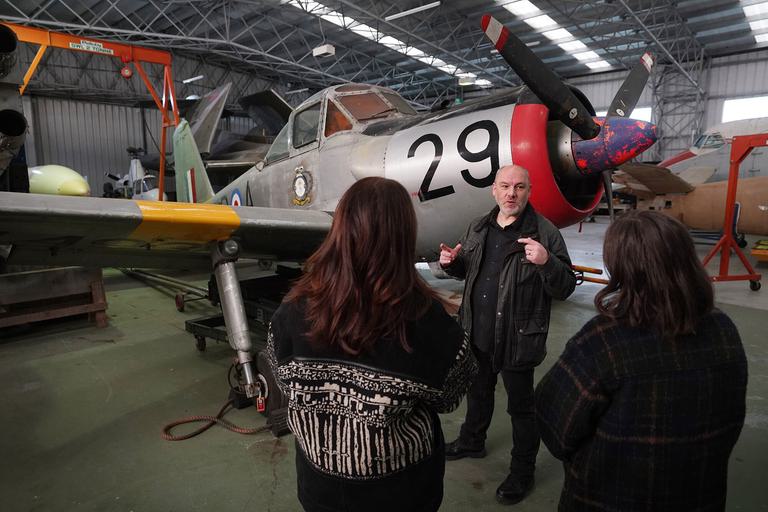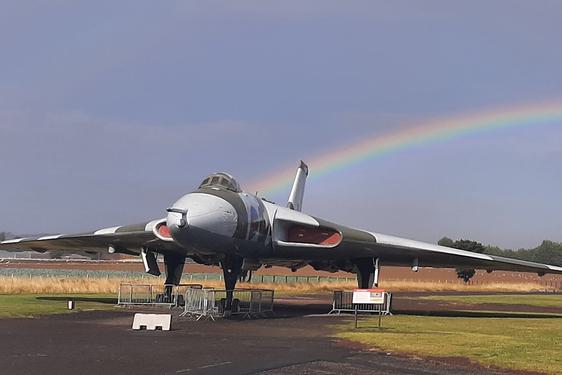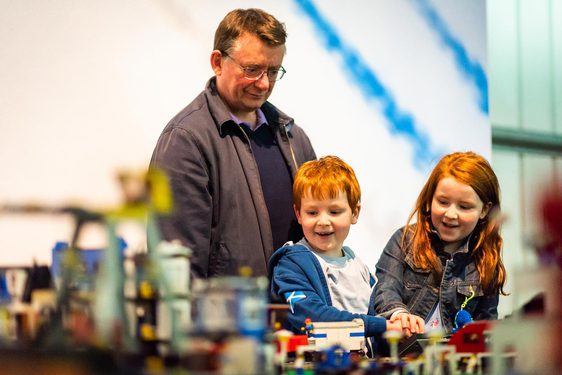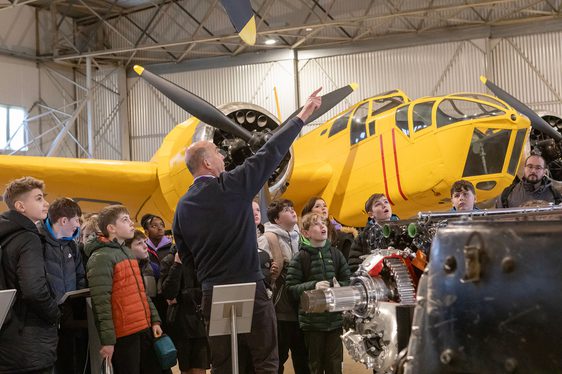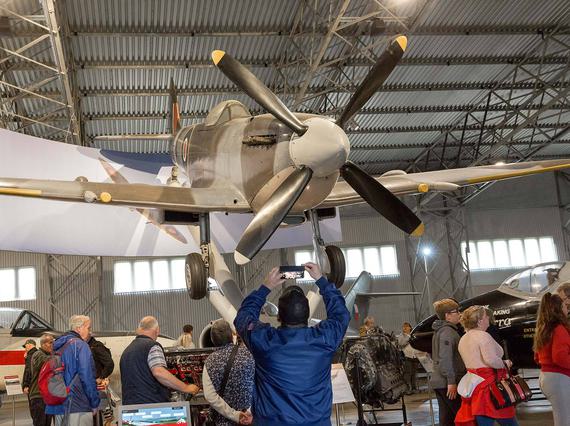
National Museum of Flight
See and do
Find out why the National Museum of Flight is one of Scotland's top days out.
Explore the history of aviation, uncover unforgettable stories and discover one of Europe's best collections of aircraft.
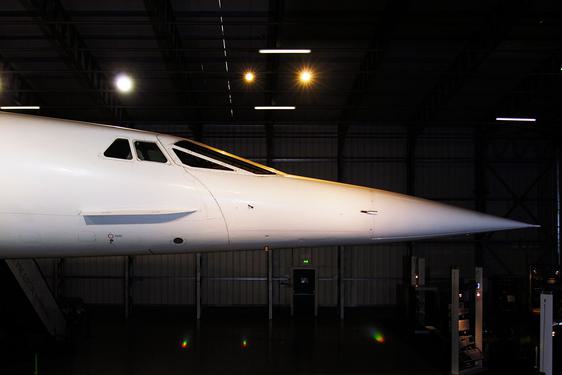
The Concorde Experience
The National Museum of Flight is home to Scotland's only Concorde. Climb aboard to discover what transatlantic flight was like for passengers and crew.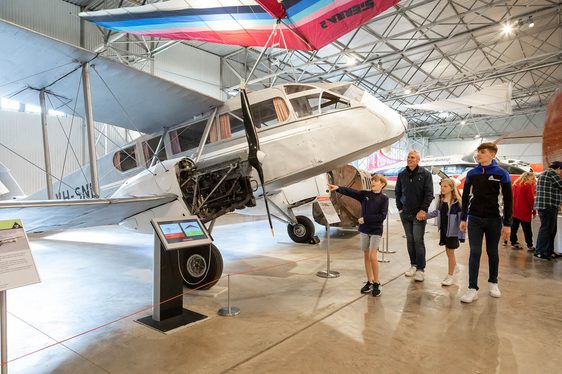
Civil Aviation hangar
People have always dreamed of flying and having the freedom to soar with the birds. This hangar explores people's passion for flight!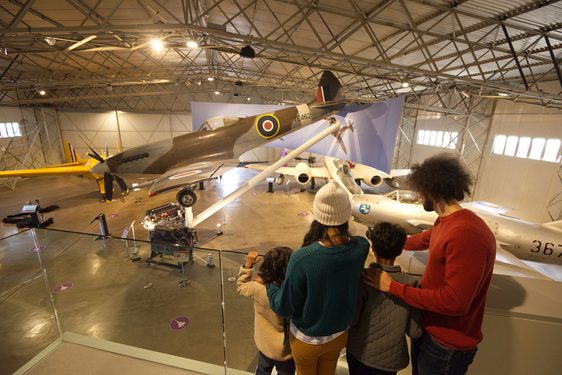
Military Aviation hangar
Discover the story of aircraft in war, from the first use of air-to-air weapons in 1914 to drone warfare in the 21st century.
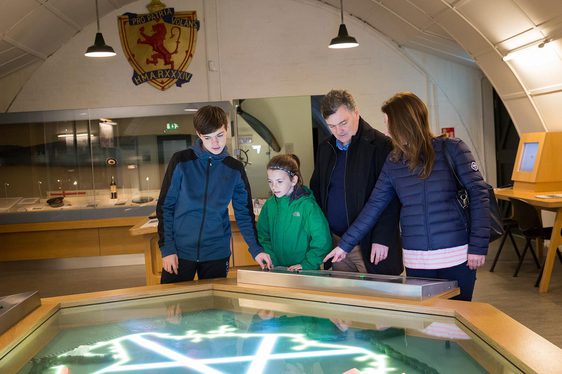
Galleries and displays
Experience the history and science of flight in our interactive galleries and displays around the airfield.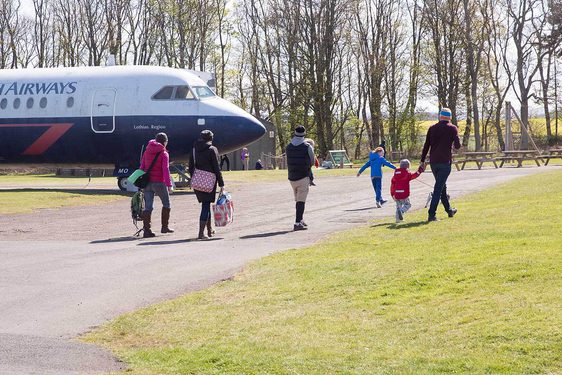
Airfield and outdoors
Head outdoors to explore the grounds of the historic airfield. See our outdoor aircraft, have a picnic, or attack the assault course!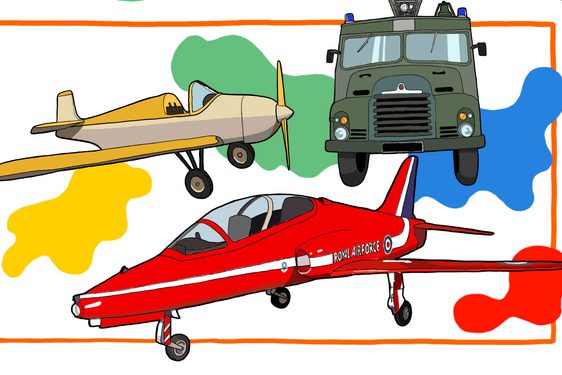
Museum trails
Explore the museum collections and historic airfield with our family trails.
